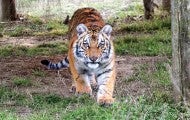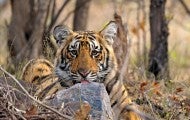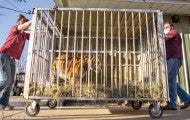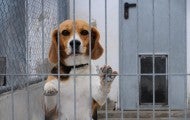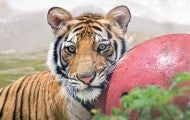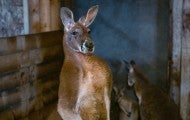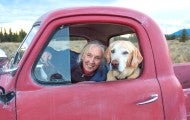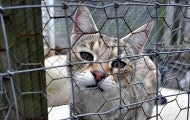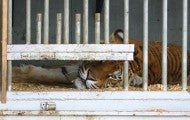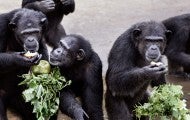WASHINGTON—The U.S. Senate just passed the Big Cat Public Safety Act (H.R. 263, Senate companion bill S. 1210) by unanimous consent. This follows the bill’s passage by the U.S. House of Representatives on July 29. The legislation prohibits keeping tigers, lions and other big cat species as pets, and...
WASHINGTON—The U.S. House of Representatives just passed the Big Cat Public Safety Act (H.R. 263) by a vote of 278 to 134. The bill would prohibit keeping tigers, lions and other big cat species as pets, and ban direct public contact like cub petting. Sponsored and championed by Rep. Michael Quigley...
The first time Tim Harrison rescued privately owned big cats was back in 1982. A public safety officer at the time, Harrison and other responders found a male lion pacing around a small enclosure, a lion cub who appeared severely ill, bears, snakes and other animals on an Ohio property. It was rare...
India leaps into his pool, pouncing on a purple plastic egg—his favorite toy, according to his caregivers. After a few minutes, the tiger ambles over to his watering tub. Instead of taking a drink, he plops in and closes his eyes in contentment. Although he’s young—roughly 10 months old on this June...
Minnow It makes sense that her best friends are turkeys. Minnow spent the first five months of her life on a dog meat farm in South Korea before she was rescued by Humane Society International in 2015 and adopted by Abbie Hubbard, who worked at a Virginia shelter where the rescued dogs were flown...
Teddy was never meant to have a name. He was born a number, just one of tens of thousands of dogs—mostly beagles like him, chosen for their trusting, docile nature and compact size—bred in the United States for use in experiments each year. Teddy was meant to live and die in a laboratory, without...
WARNING: This page contains graphic content. When rescuers slowly creaked the rusty door open, the dilapidated building appeared to be empty. Windowless and dark, the sheet-metal structure held no noise, only air thick with spiderwebs, dust and the burning smell of ammonia. Then a head with small...
When a young Jane Goodall entered the forests of Tanzania to study wild chimpanzees, neither she nor those supporting her work imagined the influence she would have. Today, Goodall—Ph.D., DBE, founder of the Jane Goodall Institute, and United Nations Messenger of Peace—is recognized not only as a...
Danielle Tepper had always loved dolphins. When she went on vacation to Hawai'i, she knew she had to see them firsthand. Tepper—now a senior editor at the Humane Society of the United States—wanted to do it ethically, so she avoided captive dolphin attractions. Instead, she booked an excursion to...
